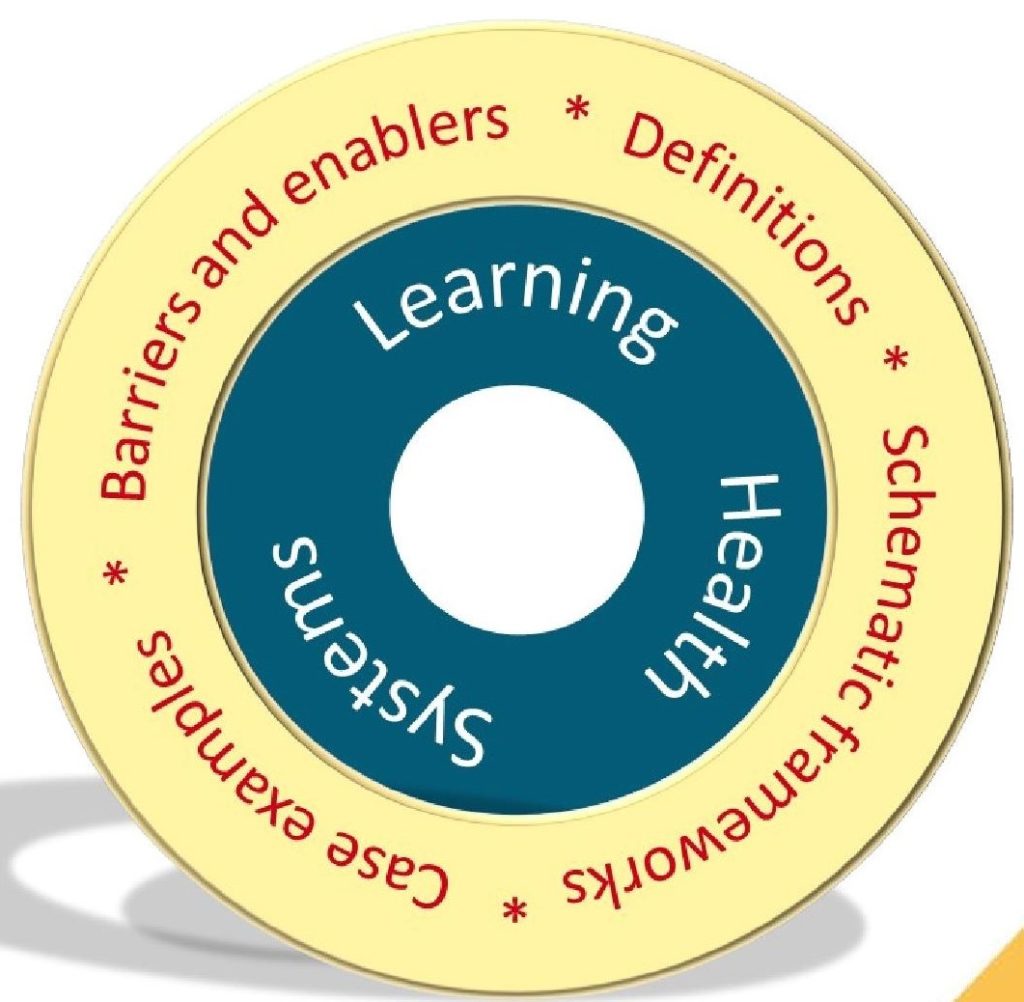In the age of “big data” and increasingly powerful data management technologies, there is enormous potential for health systems to harness information from electronic health records, imaging, genomics, patient experiences, and other sources to create new knowledge to improve care and health outcomes. Over a decade ago, the US Institute of Medicine (IoM) proposed a learning health system (LHS) as a means to realising this potential.

In a white paper released in November 2020, researchers from the PCHSS’s Observatory on Health System Sustainability analyse the rapidly expanding literature on the LHS model over the past four years. In “Mapping the learning health system: a scoping review of current evidence. A white paper”, Associate Professor Yvonne Zurynski and colleagues examine LHS definitions and schematic frameworks, the barriers and enablers to the adoption of the LHS model, and case studies of healthcare organisations on the journey to becoming LHSs.
In reviewing the literature, one of their key findings was the relative lack of attention to the social, organisational, and cultural factors necessary to developing an LHS. While data technology systems are essential to the LHS vision, many publications focused solely on the integration of data and analytics to the exclusion of all other concerns. The authors conclude that to achieve the full potential of the LHS model, the “human” components of an LHS – including the human beings that make up all health systems – must be given greater attention.
Moreover, while in reports the IoM outlined a variety of features of an LHS, such as “patient-clinician partnerships” and “digital capture of the care experience”, the white paper proposes a key dimension to the functioning an LHS not fully addressed by the IoM: “Structure and Governance”. Comprising “policies, governance, and regulations” that are “aligned to facilitate research, collaboration, and learning”, the Structure and Governance dimension is put forward as an crucial question for healthcare organisations to consider as they look to adopt the LHS vision.

